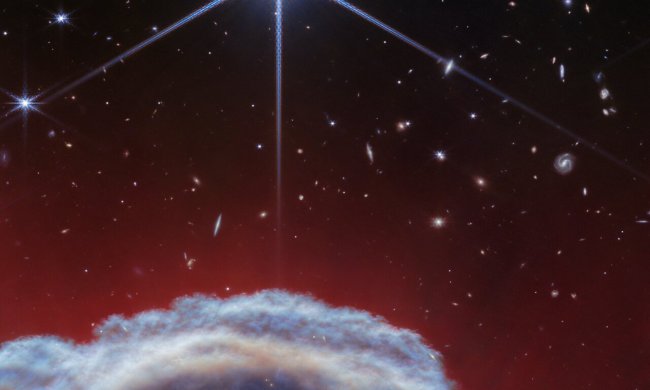
Earth isn’t the only planet with seasons: Other planets in our solar system like Saturn also have seasons, either because their axes are titled relative to the sun or because they have an elliptical orbit. At some points, certain parts of the planet face the sun more often or are closer to the sun, making it summer, and at other times they are tilted away from the sun or are farther away from the sun, making it winter.
Each of Saturn’s seasons is more than seven years long, but Hubble has captured small changes in the planet over the years which show its northern hemisphere transitioning from summer to fall.
The images from Hubble were captures in 2018, 2019, and 2020, so the differences are subtle. But you can see the changes more clearly in this animation provided by NASA.
Researchers are interested in the way Saturn’s atmosphere and weather changes with the seasons too.
“These small year-to-year changes in Saturn’s color bands are fascinating,” said Amy Simon, planetary scientist at NASA’s Goddard Space Flight Center in a statement. “As Saturn moves towards fall in its northern hemisphere, we see the polar and equatorial regions changing, but we are also seeing that the atmosphere varies on much shorter timescales.”
“What we found was a slight change from year-to-year in color, possibly cloud height, and winds — not surprising that the changes aren’t huge, as we’re only looking at a small fraction of a Saturn year,” added Simon. “We expect big changes on a seasonal timescale, so this is showing the progression towards the next season.”
In the period over which these images were taken, the equator got brighter by 5% to 10% and the wind speed fluctuated as well. Wind speeds on Saturn have been observed as high as 1,100 mph, and they seem to vary with atmospheric depth as well. The Cassini mission to Saturn, which ended in 2017, gathered an enormous amount of data about the planet and its atmosphere which is still being analyzed, and scientists continue to make new discoveries about how and why the atmosphere is so variable.



